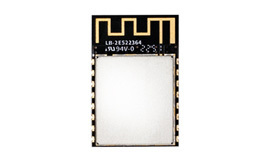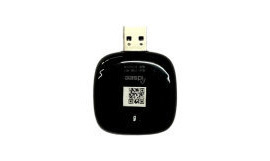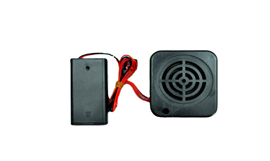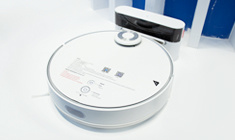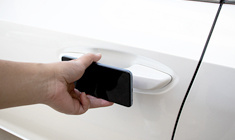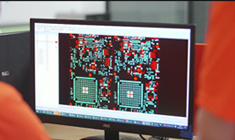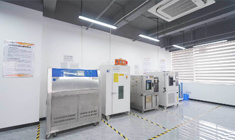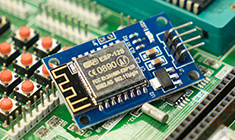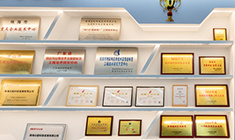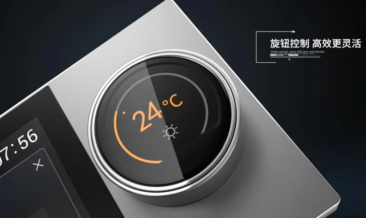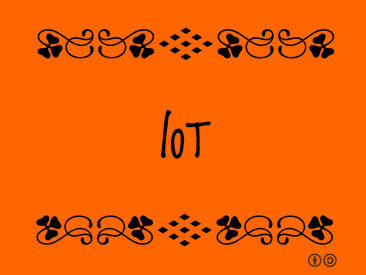
Dual identity RFID tags in logistics transportation revolution
Release Time:
2020-12-11
The use of RFID technology is expanding every day in the field of logistics as it helps in verifying operations in a fast and secure manner.Major applications at the warehouse logistics level ( input and output verification, inventory and pick-up checks ) are enabled by RFID UHF technology , which e
The use of RFID technology is expanding every day in the field of logistics as it helps in verifying operations in a fast and secure manner.
Major applications at the warehouse logistics level ( input and output verification, inventory and pick-up checks ) are enabled by RFID UHF technology , which enables long-distance reading and ensures capture of all tags. Once the merchandise has shipped from the warehouse, these tags cannot be read without special equipment. Using RFID NFC tags, any current smartphone can access the data. In this way, distributors and end customers have access to the information everyone needs. Delivery personnel establish verification of correct delivery, delivery time, address, etc. End customers can access data about products.
The two technologies are incompatible with each other (UHF readers cannot read NFC and vice versa ) , but can be integrated. In other words, they can coexist in " dual tabs " .
By using " dual " tags of UHF RFID and NFC at the same time , it is convenient to operate in warehouses, distribution and end customers. Since the data can be read on delivery of any smartphone, there is no longer a need to equip distributors with RFID reading devices.

Dual RFID Tags
It is a tag that can be fitted with a long-range chip (UHF) , and another that can read data from a mobile phone (NFC) at a short distance. Both protocols, although different, can share the same ID ( packet identification ) . End customers can also use their phones to read the labels for additional information about the delivered product, user manuals and even its authenticity.
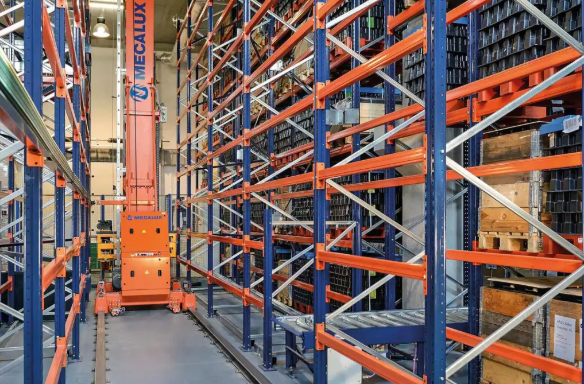
encryption
Data security must be guaranteed, for which there are both procedures and protocols.
The simplest process of securing data in an RFID tag is that the data is meaningless to anyone unless the reader has access to the database. The reading and its implications are hidden. Logically, the most worrying aspect in this regard is the possibility of recoding or manipulating encoded data, which can be solved by encryption using only specific codes that the company's equipment has. Therefore, it is impossible to modify the contents of the chip.
Another problem is ensuring that labels cannot be duplicated, which is crucial for counterfeiting luxury goods or drugs.
market
The main applications of these labels are in the clearly profitable logistics business as well as the health sector. Output from central hospital warehouse to factory warehouse, just-in-time stock, etc., they are made of UHF RFID while using NFC to read the allocation or usage of each element through mobile devices.
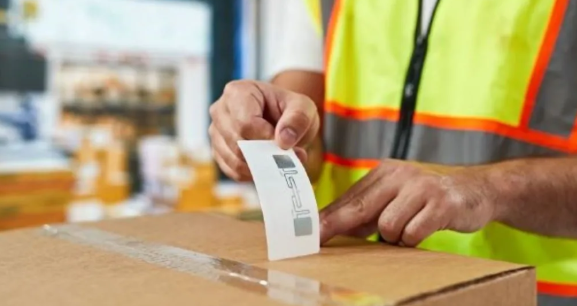
Format
Depending on the needs, there can be many different formats, which we can boil down to two distinct formats: one for adhesive labels for the general public and one for industrial use (such as the logistics of beverage kegs ) packaged and robust labels.
In the hands of major global chip and label manufacturers, there are plastic or paper adhesive material solutions for single-use labels. Or encapsulated in epoxy or ABS for industrial use.
Due to its dual reading capabilities, dual tags are an ideal product for the retail industry, which focuses on consumer experience, asset management, logistics and healthcare, among many others.
Reprinted from RFID World Network

Guangdong Joinet IOT Technology Co.,Ltd
Manufacturing Base:
Joinet Technology Park,No. 168 Tanlong North Road,Tanzhou Town,Zhongshan City,Guangdong Province,China
Pre Sales Hotline:19966308713 13823973022
Switchboard:0760-8663 0003 (transferred) 523
Pre Sales Email:sw@znaiot.com

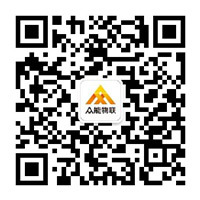
Contact Us:
Looking forward to your call anytime



